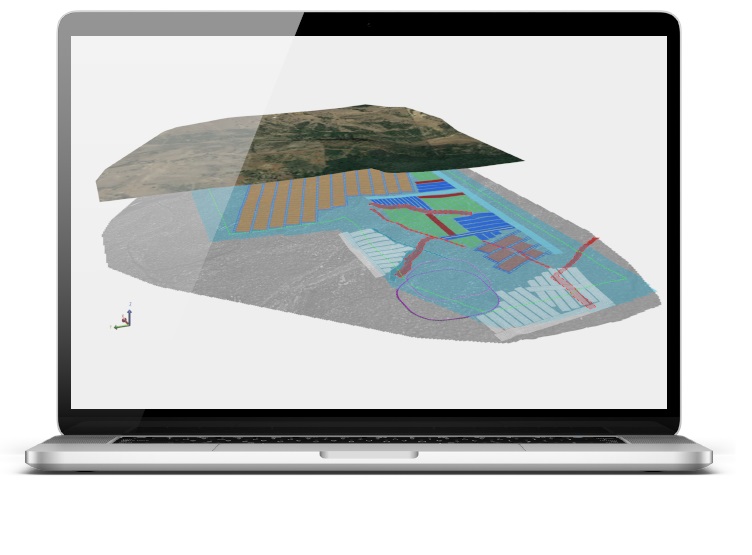RPMGlobal has released what it says is another industry first with new Gas Drainage Scheduling functionality inside its XPAC Underground Coal Solution (UGCS).
This functionality has been developed with some of Australia’s largest underground coal miners, it noted.
XPAC Solutions are a suite of commodity-based mine planning software solutions specifically built for different commodities and mining methods. It is 100% script-free and made up of pre-defined logic, which, when combined with the tacit knowledge of mining engineers, automatically determines what is practically possible to achieve across one or many mining operations, the company says.
For many coal miners, understanding the impact of gas drainage activities on production can be an extremely challenging task. Until now, there were no software solutions dedicated to this specific task, according to RPM. Engineers were forced to rely on spreadsheets to understand when the drainage of each gateroad was completed and, therefore, the associated impacts on the critical development required for the next longwall move.
Because of the disparate systems, it has been hard to consider gas drainage at the same time as the mine’s production schedule, according to David Batkin, RPM’s Head of Product Strategy.
“The gas drainage functionality of UGCS provides a step change in scheduling gassy underground coal mines,” he said. “The solution tightly integrates the drainage activities into both the mine design and the scheduling processes. It makes gas drainage a key consideration every time the schedule is updated.”
The solution allows the user to directly include factors that influence drainage times – like gas content and permeability – into the in-situ model. When users design a series of longwall panels, gas drainage stubs can be inserted automatically, along with the associated patterns that will be drilled from them. These drill pattern envelopes adjust dynamically based on the longwall dimensions and gateroad properties, but users are also free to refine everything in the model.
The rigs used to perform the gas drainage drilling are treated as independent resources and are scheduled in the same way as continuous miners and longwalls. Rules govern when the drill sites become available and, once they have been drilled, the schedule starts tracking drainage status as soon as each pattern has been drilled.
Mitigation strategies for gas drainage challenges are typically required several years in advance if they are to be effective, RPM says.
As a result, a range of tools have been provided to analyse these challenges and communicate when they need to be implemented. Animations highlight the status of drill sites, so it’s clear when they are available for drilling, when they are drilled and when they are being drained. The drainage status of all development is also displayed and warnings are generated automatically whenever mining is impacted by incomplete drainage.
Batkin stated the solution has been designed to make it as practical as possible for mines with gas drainage challenges.
“This solution has been produced in collaboration with underground miners who face these challenges day in and day out,” he said. “They have helped us take a very practical approach to the problem.
“Our current partners have provided extremely positive feedback that confirms UGCS directly addresses the gas drainage challenges they routinely face. We are excited to have worked with them to provide a solution of this calibre.”
This gas drainage module will be available in the next release of the Underground Coal Solution.











